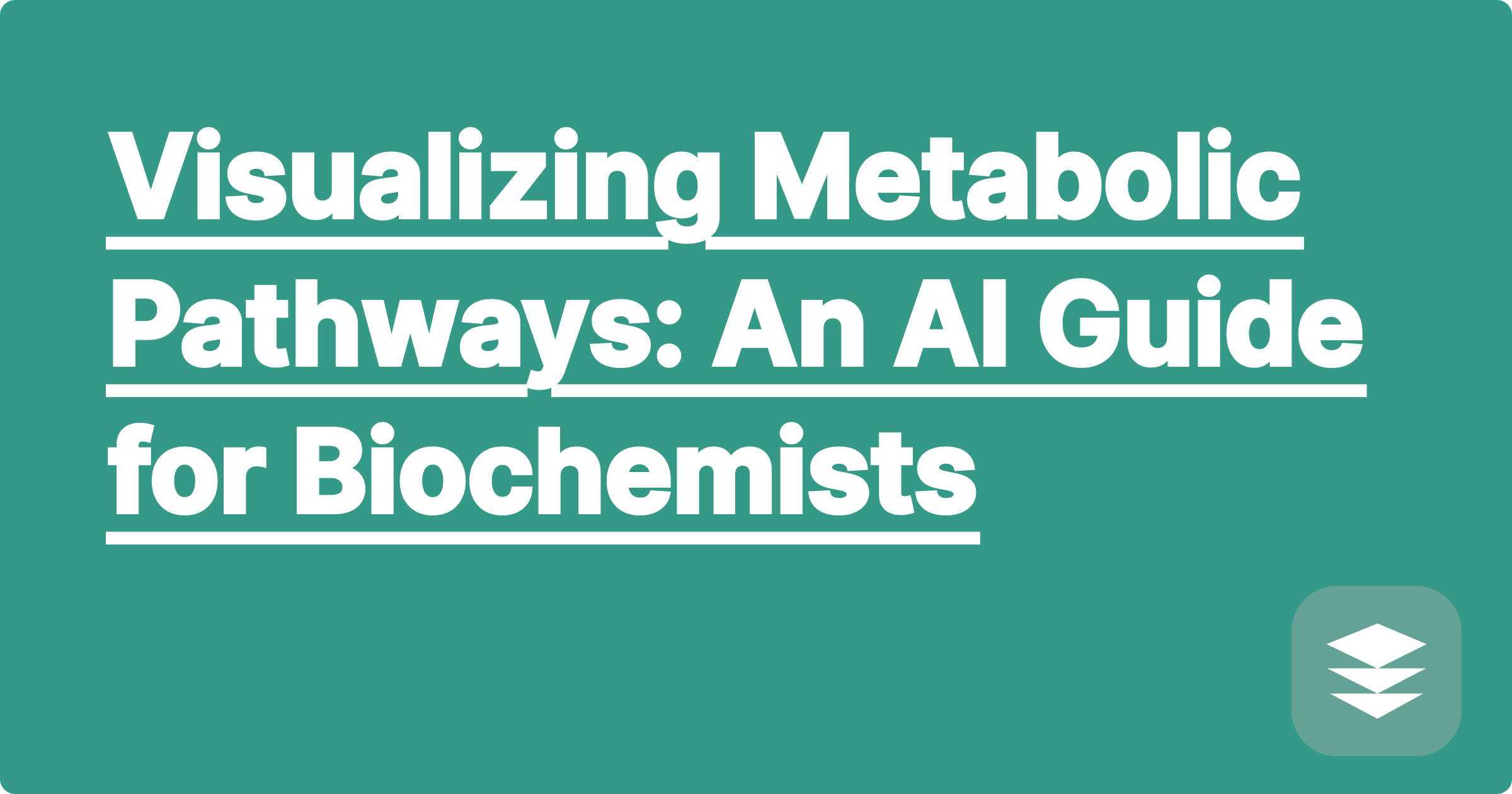
Biochemistry can feel like learning a new language written in molecules. You're expected to memorize vast, interconnected networks of reactions like glycolysis, gluconeogenesis, and the infamous Krebs cycle. Staring at the flat, complex diagrams in your textbook is often overwhelming. It's easy to get lost in the sea of enzymes, substrates, and products.
To truly master this subject, you need to move beyond static images. You need to visualize the flow and connections. What if you could automatically generate a clear, simplified biochemistry metabolic pathways diagram directly from your dense lecture notes?
This is where an AI-powered tool like GPAI Cheatsheet becomes an essential study partner for any aspiring biochemist, offering a powerful tool for Krebs cycle visualization and more.
Metabolic pathway diagrams in textbooks are information-dense, but they are poor learning tools.
You need a way to deconstruct these complex visuals into manageable, learnable pieces.
GPAI Cheatsheet allows you to create custom, simplified diagrams from your course materials.
[Image: A clean, AI-generated flowchart of the Krebs cycle, showing the main molecules in a circular path with arrows and key enzyme names labeled. Alt-text: An AI-generated Krebs cycle visualization for a biochemistry study guide.]
The real power comes from using the GPAI builder to create a comprehensive study guide. For a topic like the Krebs cycle, you can build a section that includes:
This layered approach allows you to study at different levels of detail, from the big picture down to the specifics.
Biochemistry isn't just one pathway; it's about how they all connect. You can use GPAI to see this a-ha moment. Upload notes from glycolysis and the Krebs cycle and ask: "Create a diagram showing how the product of glycolysis, pyruvate, feeds into the Krebs cycle." The AI can generate a combined diagram that visually bridges the two topics, solidifying your understanding of the entire metabolic system.
Stop trying to brute-force memorize complex metabolic charts. Start using AI to deconstruct, visualize, and rebuild them in a way that makes sense to you. By turning passive diagrams into active, customizable study tools, you can move from simple memorization to true biochemical mastery.
[Ready to visualize biochemistry? Try GPAI Cheatsheet today. Upload your notes and create the clear pathway diagrams you need to succeed. Sign up now for free credits.]
Visualizing Metabolic Pathways: An AI Guide for Biochemists
A Smarter Way to Do Your Genetics Homework: Punnett Squares and Pedigrees with AI
Chemical Engineering Thermodynamics: Beyond Steam Tables with AI
Transport Phenomena Explained: An AI Solver for Momentum, Heat, and Mass Transfer
How to Write a Molecular Biology Lab Report That Gets an A
Reactor Design and Kinetics: An AI Tool for Your Toughest Homework
The Ultimate MCAT Biology & Biochemistry Cheatsheet, Built by AI
From Lab Data to Publication-Ready Graphs with an AI Assistant
Process Control Homework Simplified with AI
How to Memorize Hundreds of Medical Terms with an AI-Powered Notetaker